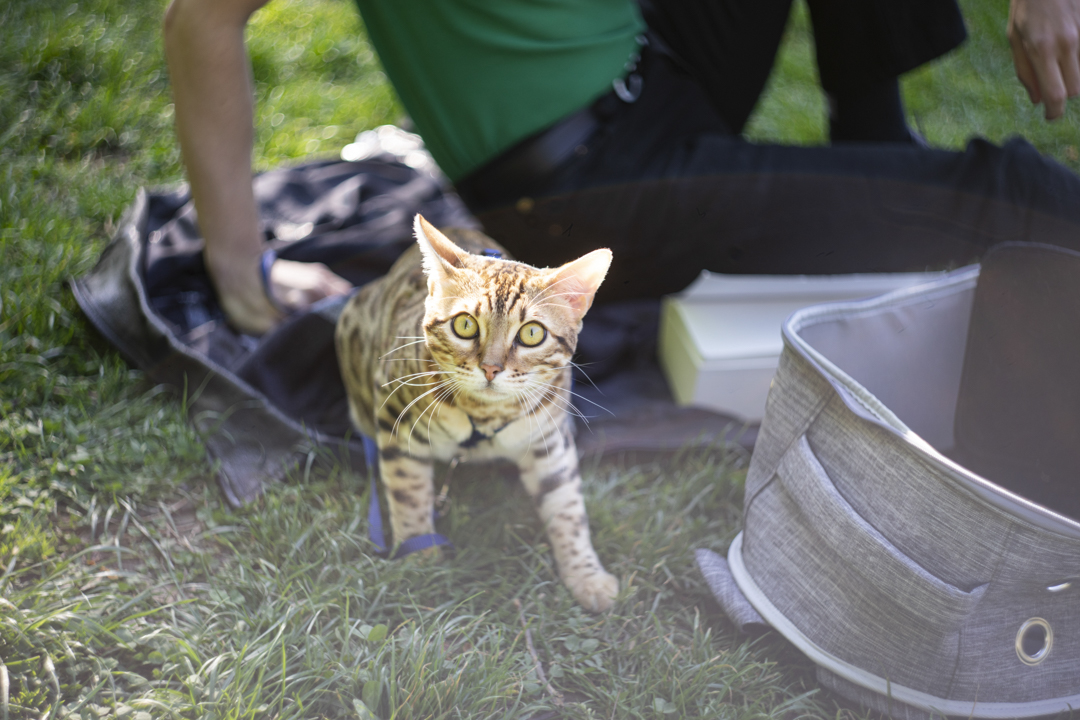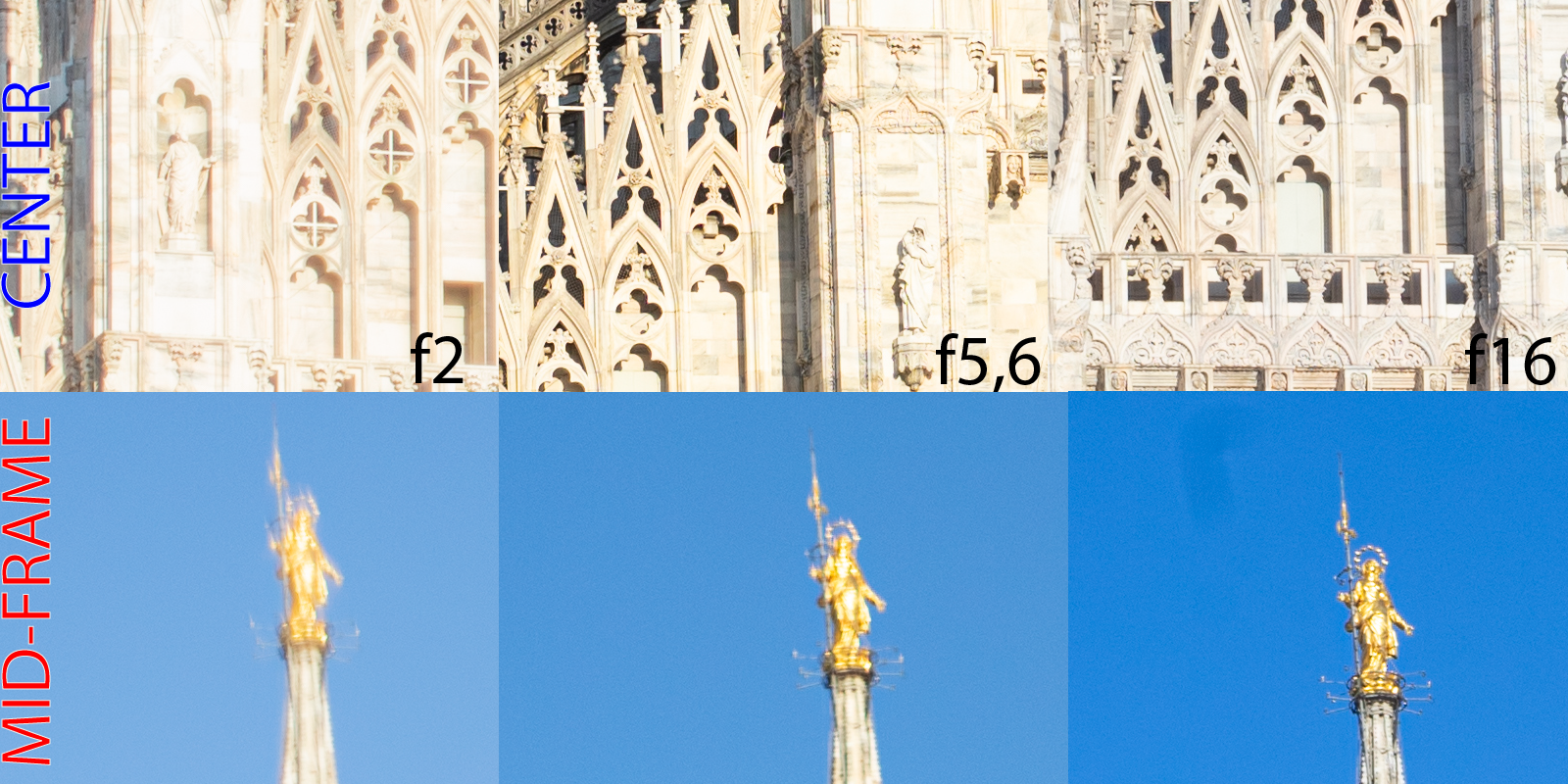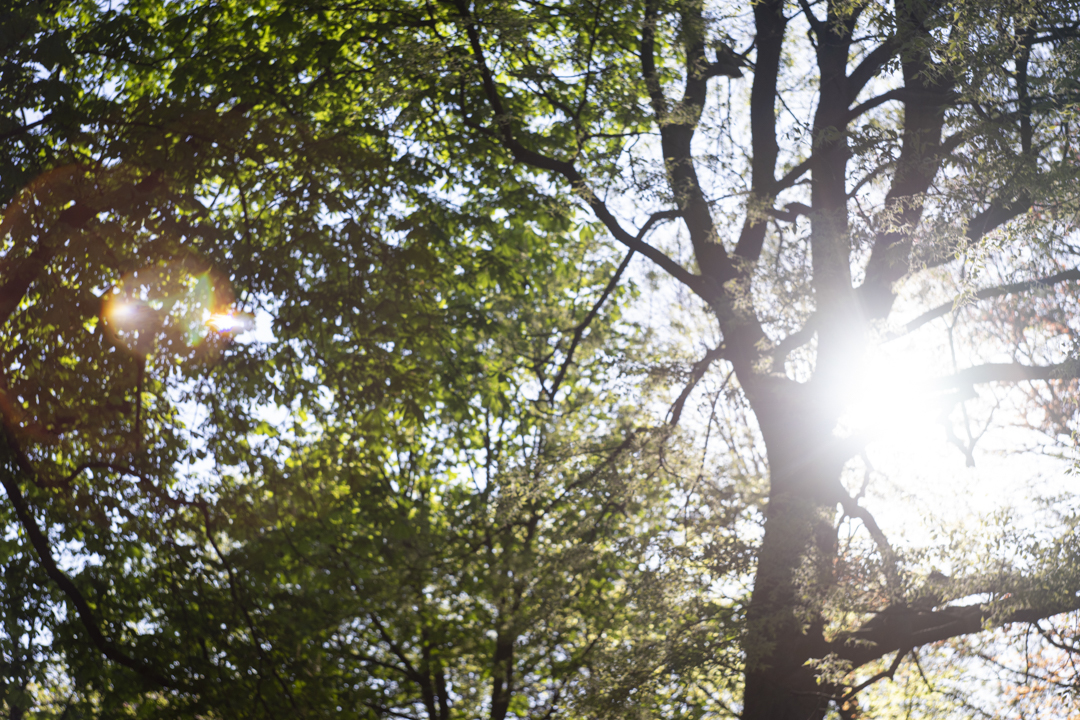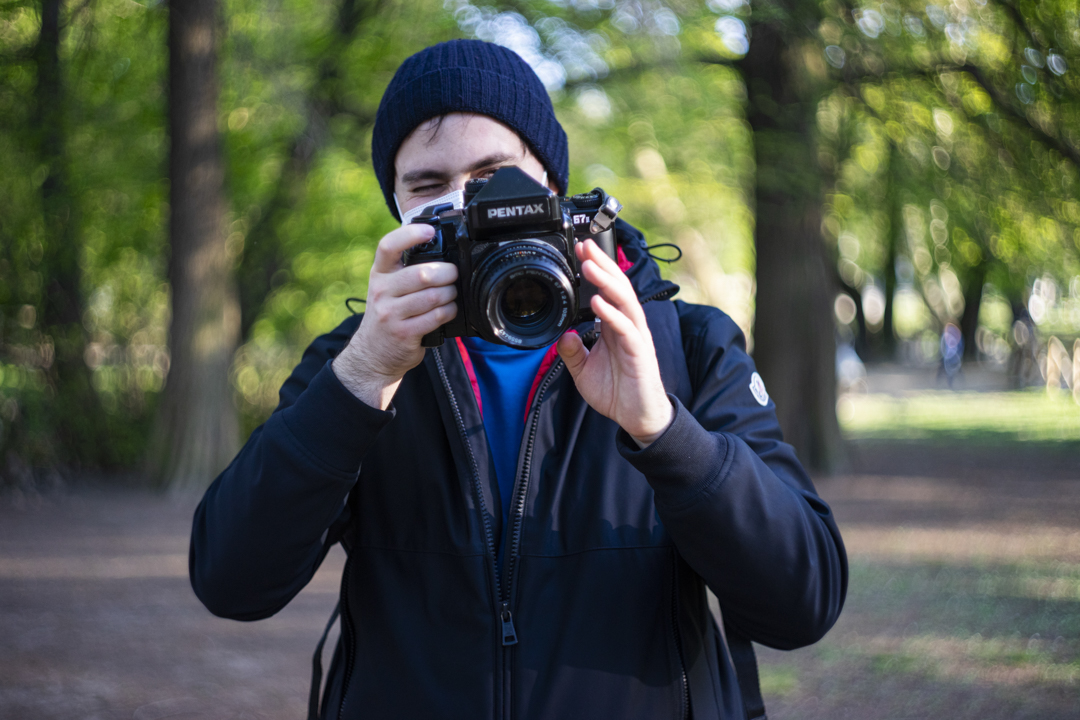TOC
There are some lenses that, since the analog reappeared, have acquired a real cult status. One of the most popular of them is certainly the Helios 44. This piece of Soviet scrap metal produced by KMZ for 40 years is one of those lenses that never go out of style. Its unique circular bokeh that is always recognizable contributed to the popularity that never ended, so much so that it is still produced today. However, net of its unique personality, how usable is a Helios 44 today? Here we will try to understand if it is a viable solution for a low-cost 50mm or if it is only to be considered suitable for portraits and little more.
To better understand the potential of the Helios 44, I decided to adapt it to a Sony A7ii kindly loaned to me, to better see its potential and limits on digital. The lens is with m42 mount and therefore easily adaptable to any mirrorless. First I noticed how the 58mm focal length is quite unusual today. Modeled on the 1958 Biotar 58mm f2 Exacta, this focal length has gradually fallen into disuse. The difference with a 50mm is especially noticeable when trying to photograph street situations or the like. Not that it’s a problem, on the contrary, the longer focal length is sometimes convenient, especially in portraiture. The optical scheme is the simple one of a double Gauss, a recipe that produced the vast majority of the normal lights of the 1900s.

Although the lens demonstrates personality, never try to shoot anything that is in the slightest bit backlit!
First, you need to make a note about resolution: it is insufficient for most uses. If you intend to post a photo on Instagram or print it within 8 inches it is more than enough, in other cases, it is not. I don’t recommend this lens on any camera over 24mpx, as it would be wasted. In itself, however, this is not a drama, because considering the time it is not such a bad result. Accepted this, the lens produces the kind of images that is expected from this model: the swirly bokeh is impressive, and especially in the eyes of the neophyte it is certainly effective. If the concentric effect is what you are looking for in photography, the lens is definitely for you. The bokeh itself is very particular, almost like bubbles. This is something very pronounced that can be distracting unless it is portraits, so it should be used in moderation wide open.
The resistance to flare is lacking, in situations of little backlight, the lens is barely usable. The coating is not modern, finding itself prone to flare and other light reflections in the room. At the same time, the general low contrast of the image is particularly unsuitable for backlit situations. Ideally, this is a lens to always use with the sun behind you. The low contrast, however, can be pleasant in portraits and is easily correctable in post-production. Paradoxically, the lens is, therefore, more usable in digital than in analog: the resolution of the sensor sharpens its defects, but digital processing facilitates its correction. The distortion and vignetting are quite pronounced, but as we will see this may not be a problem.

The performance of the lens in the middle of the frame is seriously insufficient, to have it decent you risk the worst diffraction. Wide open the absence of contrast is just embarrassing.
Finally, the resolution is the main limitation of this lens. As we can see from the chart, in the center it is more than acceptable, even almost wide open. Considering the characteristic bokeh effect of this lens, the center is the place where we will place our figure. However, if we want to make other uses than this, the resolution becomes simply embarrassing. I have deliberately not taken into account the edges, as you cannot ask for defined edges from a 40 € lens. What is found in the mid-frame is often important, and this is where the Helios offers disappointing results. Not only wide open but also at optimal aperture the mid-frame is not very defined. To have a decent image there, we should close the lens enough to go into diffraction in the center.

More flares than in a JJ Abrams movie.
In summary, this problem casts the lens for anything that is not a centered portrait. I understand the charm of such a specific lens and the circular effect, if used well, is very characteristic. Fortunately, the Helios is at very low prices, and therefore I do not recommend it a priori: it can be a very fun lens to play with and amaze newbies to photography with its effects. For those looking for circular bokeh, the bad news is: you have to spend at least ten times as much and fall back on a Planar 35mm G to get a hint of swirl, but a decent image on the rest.
In conclusion, this lens is not suitable for everyone, and above all, it is not suitable for all situations. In reality, it is suitable for only one solution, namely portraits. If you are looking for a cheap 50mm lens, with a good personality, then I recommend you focus on the Soviet Jupiter-8. Even in it, the coating is decidedly sub-par, but at least the returned image is most often used. On the contrary, the Helios, although frankly funny, is not up to reproducing images that go beyond diverting. But if someone were looking for a lens with which to practice lomographic photography, focused on low quality but a level of aesthetic worthy of Tumblr in the early 10s, the Helios is the lens not to be missed!

Although the swirly-bokeh effect is truly unique, we recommend, if possible, the purchase of the set-up depicted in the photo.